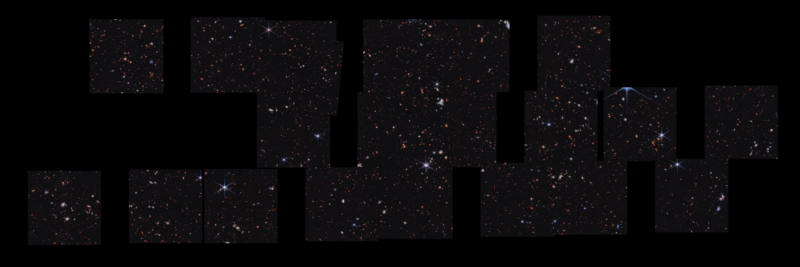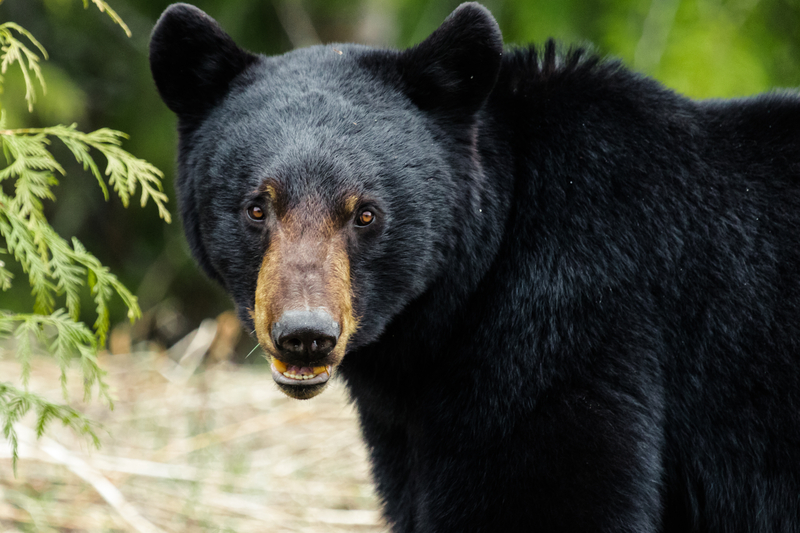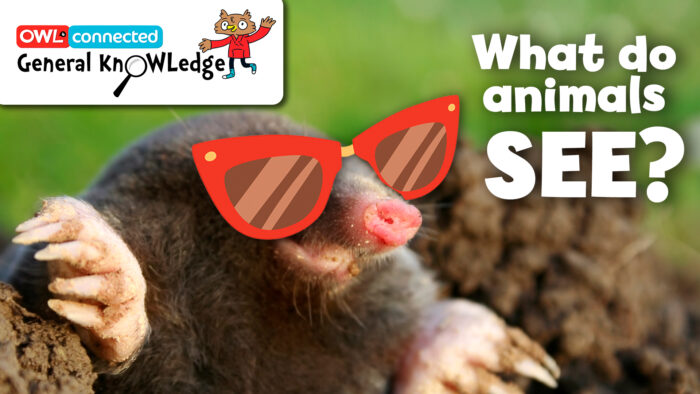Ever since it was launched on December 25, 2021, the James Webb Space Telescope (JWST) has been doing exactly what it was made to do.
Take us deeper into the universe than ever before.
Using its incredible infrared sensors, it can see things that are both billions of light years away and invisible to our eyes. (In other words, we wouldn't be able to see these details even if they were right next door!)
These capabilities make it perfectly suited to see the edge—and the beginnings—of the universe. Because when the JWST captures images of things that are, say, 13 billion light years away, it is seeing them as they appeared 13 billion years ago. Because that's how long it took for that light to reach us.
(Currently, the universe is estimated to be about 13.8 billion years old.)
Amazing!
What CEERS sees
Recently, the JWST focused its powers upon a stretch of space called the Extended Groth Strip. Nestled within this are tens of thousands of galaxies that date back to something called the Cosmic Dawn.
The Cosmic Dawn lasted between 50 million years and 1 billion years after the Big Bang. The Big Bang is seen as the start of the universe. During the Cosmic Dawn, the first stars and galaxies formed.
Would you like to meet one?
Thanks to a JWST survey called Cosmic Evolution Early Release Science (CEERS), you can!
Below is a video that follows CEERS deeper and deeper into the Extended Groth Strip. Until it arrives at Maisie's Galaxy. This galaxy formed only 390 million years after the Big Bang, meaning it is one of the earliest galaxies we've ever seen.
Strap yourself in and take this trip below!
 This is a collage of different images taken by the James Webb Space Telescope during its CEERS survey. (NASA, ESA, CSA, Steve Finkelstein (UT Austin), Micaela Bagley (UT Austin), Rebecca Larson (UT Austin)
This is a collage of different images taken by the James Webb Space Telescope during its CEERS survey. (NASA, ESA, CSA, Steve Finkelstein (UT Austin), Micaela Bagley (UT Austin), Rebecca Larson (UT Austin)








